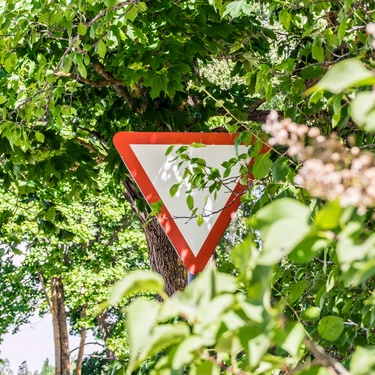Live
France24 English News Live StreamGlobal News
Global News Video PlaylistPBS
PBS News Video PlaylistNewsroom Features
How the World Will Celebrate New Year’s Eve and New Year’s Day 2026

See Special Report: How the World Will Celebrate New Year’s Eve and New Year’s Day 2026
Published Tuesday December 30, 2025
Inside the New 2026 RobinsPost Wall Calendar: Year of Connection, Celebration, and Global Moments

See Special Report: Inside the New 2026 RobinsPost Wall Calendar: Year of Connection, Celebration, and Global Moments
Published Saturday December 20, 2025
The Honolulu Marathon: A Global Celebration of Running and Culture

See Special Report: The Honolulu Marathon: A Global Celebration of Running and Culture
Published Saturday December 13, 2025
Winter Storm Safety: Protecting People, Pets, and Communities

See Special Report: Winter Storm Safety: Protecting People, Pets, and Communities
Published Saturday December 13, 2025
Inclusive Holiday Gift Guide: Celebrate Christmas, Hanukkah, and Kwanzaa with gifts for People and Pets that warm hearts and paws

See Special Report: Inclusive Holiday Gift Guide: Celebrate Christmas, Hanukkah, and Kwanzaa with gifts for People and Pets that warm hearts and paws
Published Saturday December 06, 2025
The Psychology of Pricing Salon Services Effectively

See Contributor Story: The Psychology of Pricing Salon Services Effectively
Published Saturday December 20, 2025
How Vegetation Management Improves Public Safety

See Contributor Story: How Vegetation Management Improves Public Safety
Published Friday December 19, 2025
How Local Governments Can Improve Community Safety

See Contributor Story: How Local Governments Can Improve Community Safety
Published Thursday December 18, 2025
How To Choose the Right 3D Scanning Equipment

See Contributor Story: How To Choose the Right 3D Scanning Equipment
Published Wednesday December 17, 2025
How To Future-Proof Your Warehouse Storage
See Contributor Story: How To Future-Proof Your Warehouse Storage
Published Tuesday December 16, 2025














